The color wheel taught to most people today is the twelve hue color circle developed by Johannes Itten. This color wheel is based on a triadic mixture of pigments with red, yellow, and blue as the primary triad. All hues are formed from mixtures of equal or unequal amounts of primaries.
Equal mixtures of two primaries result in the secondary hues and form the triad of green, orange, and violet. In this color wheel, six intermediate hues are created by equal mixtures of primary and secondary colors and form two more triads. When mixing pigments, color mixture is described as subtractive. When white light hits a surface most of the light energy is absorbed.
What Color Does Cyan And Yellow Make We perceive only the color that is reflected from the surface. In this situation, the part of the spectrum that is absorbed is "subtracted" from white light. So the distinction in color systems really comes down to the chemical makeup of the objects involved and how they reflect light. Additive theory is based on objects that emit light, while subtractive deals with material objects like books and paintings. "Subtractive colors are those which reflect less light when they are mixed together," says Raiselis.
The Itten color wheel works well as a chart, but is flawed as a practical guide for the actual mixtures of pigments. The primaries used in this color wheel are somewhat inaccurate. Moreover, pigments in paint vary greatly in opacity and undertones, and it is difficult to create pure secondary and tertiary hues from primary mixtures. Mixed colors tend to become dull, therefore, if you want intense or saturated color, purchasing pure tube colors is best. Cyan, magenta and yellow are the primary colors of pigments, combining to make black.
Red, blue and green are the primary colors of light, combining to make white. Yellow pigment absorbs blue light and cyan absorbs red light. When white light passes through yellow and cyan ink layers on paper and reflects back off the paper, all but the green light is absorbed so we see green being reflected.
In order for green light to be absorbed and not reflected it would have to pass through magenta pigment. The secondary colors of light are those colors which are formed when two primary colors are mixed in equal amounts. Mixing blue and green light results in cyan light.
Mixing red and blue light results in magenta light. And mixing red and green light results in yellow light. The first thing you have to understand that red, blue and yellow are not complementary colors. In additive color mixing red, blue and green are the scientific primaries, and as weird as it sounds, yellow is a secondary color of mixing red and green lights. "When the blue flashlight circle intersects the green one, there is a lighter blue-green shape," he says. Those names are already used as the primary colors for light..The primaries for pigments must be distinct to differentiate them from red and blue.
We have a clear idea of a hue in our head when when say "red". Color names become less useful when they are used to describe a larger arc of color across the color wheel. It is easier for us all to envision the same color when we say cyan. Just as it would be confusing to describe red as an orangeish violet, describing cyan as a greenish shade of blue makes no sense . There is a fundamental difference between color and pigment.
Color represents energy radiated by a luminous object such as a cathode ray tube or a light-emitting diode . When you see a red area on a CRT, it looks red because it radiates a large amount of light in the red portion of the electromagnetic radiation spectrum , and much less at other wavelength. Pigments, as opposed to colors, represent energy that is not absorbed by a substance such as ink or paint. The primary pigments are cyan , magenta , and yellow .
Sometimes black is also considered a primary pigment, although black can be obtained by combining pure cyan, magenta, and yellow in equal and large amounts. When you see yellow ink on a page, it looks yellow because it absorbs most energy at all visible wavelengths except in the yellow portion of the spectrum , where most of the energy is reflected. If dull mixtures don't make us happy, then our only remedy is to replace the dullest primary color mixtures with new paints. A blue violet paint would also boost color chroma in mixed purples and maroons. So we may as well replace all three secondary mixtures with the most intense paints of similar hues.
These become our new secondary colors, and join with the primary paints to make a six paint secondary palette. If you have a hard time wrapping your head around how red and green mix together to make yellow, watch this YouTube video.Humans see colors in light waves. Mixing light—or theadditive color mixing model—allows you to create colors by mixing red, green and blue light sources of various intensities. The more light you add, the brighter the color mix becomes. If you mix all three colors of light, you get pure, white light.
Though it's not strictly possible to make yellow with traditional color theory, we can create a variety of shades of yellow. Before getting into ways to darken, lighten or change the color temperatures of yellow hues, we should learn to work with color bias and the basics of color theory. As an artist, you should know the color wheel with blue, red, and yellow as the three central colors. We can mix two of these shades to create a secondary hue. That said, if you mix all three of the primary colors, you'll get a muddy brown shade.
Color temperature and bias are why brown comes from mixing the three primary shades. Isaac Newton's hue circle was intended to explain light mixtures only, and did not contain primary colors as artists think of them today. Eighteenth century "color theorists" substituted paint mixtures for light mixtures and replaced factual color relationships with simplified, symmetrical and idealized color theory icons. This distorted Newton's concept of the hue circle and misrepresents subtractive color mixing. An additive color is one created by mixing red, green and blue light in different combinations. Additive colors begin as black and become brighter as you add different light.
In contrast, a subtractive color is made by partial absorption of different colors of paint or ink. They begin as white and take on the appearance of the added colors or their mixtures. When you mix colors using paint, or through the printing process, you are using the subtractive color method. The primary colors of light are red, green, and blue.
If you subtract these from white you get cyan, magenta, and yellow. Mixing the colors generates new colors as shown on the color wheel, or the circle on the right. Mixing these three primary colors generates black. As you mix colors, they tend to get darker, ending up as black. The CMYK color system is the color system used for printing. Because a primary triad of high chroma paints has the largest gamut in comparison to any other selection of three paints.
As explained below, the gamut of a palette is the total possible range of color mixtures that the palette can make, including the complete range of shades, tones and tints for every hue. However, variations in the lightness and chroma of a color are created by diluting the pigments with water and/or with a black or dark neutral paint. Water and a dark neutral paint produce the same lightness range in any watercolor palette, but when mixed with the primary paints they substantially dull the saturated colors.
Therefore most effective way to increase a palette's gamut is not to expand the lightness range but to increase the chroma of the palette primary paints. "Subtractive colour mixing results when we mix together paints or inks," Westland says. Take a piece of white paper; this paper reflects all of the wavelengths in the visible spectrum to a very high degree.
The yellow ink absorbs the blue wavelengths, leaving the others — which are seen as yellow — to be reflected. So rather than being additive, in this case we start with white and then start to subtract light at certain wavelengths as we add the primaries." Equal mixtures of additive primaries result in white light. When blue and green light are blended they form "cyan", the complement of Red. When red and blue light are blended, they form "magenta", the complement of Green. When green and red light are blended, they form "yellow", the complement of Blue.
Have you ever mixed red and blue paint only to find you have "mud" instead of purple? Want to know how to create any resin color you may need for a project? Lack of good information has made mixing colors difficult in the past.
Before the invention of color photography, color mixing was not very well understood. Many believed that red, yellow, and blue were the primary colors, from which you could make all others. Now, we know that magenta, yellow, and cyan are the true primaries and give much better results. The secondary colors are what you get when you mix any two adjacent primary colors. Red and green give yellow, red and blue give you magenta and a mix of green and blue result in a cyan color.
The secondary colors are also the primary colors in the subtractive color system. Subtractive color mixing is pretty close to the paint mixing we did in grade school. As color printing emerged, they were subsequently replaced with cyan, magenta, yellow and key/black , as this color combo enables printers to produce a wider variety of colors on paper. 3 shows subtractive color mixing using colored gels.
Gels are subtractive because they stop certain wavelengths of light from passing through. In essence, they absorb those colors and allow others to pass through. So we start with white light and pass that through a yellow filter. The yellow stops the blue and lets red and green pass through. And as far as blue goes, it's not as pure as you think either.
"It looks pure because it absorbs strongly in two thirds of the spectrum," Westland says. Ever had a painting turn to mud when you try to mix colors? Conventional color theory using red, yellow and blue does not work. It will turn your pictures to mud and frustrate you as you struggle to mix colors that are impossible with this color triad. The same goes for the split primary system where you mix with a warm and cool version of each primary. The split primary system works much better than just using the three primaries but it misses the point about how colors really mix and what the true primary colors are.
Just ask your printer, Cyan, Yellow, and Magenta. Before you write me off as a heretic, read on, try a few simple color mixing experiments at home with your colored pencils watercolors, opaque paints and see for yourself. By changing the way you think about primary colors, your ability to mix colors will improve overnight. Independent of the color space, you can mix paint to produce other colors. Red and yellow will produce orange, blue and yellow will produce green, and red and blue will produce purple, even though paint works via subtractive color.
In these examples, you're producing colors by starting with a secondary color for one or both components rather than all primary colors. The painter's color wheel is a convenient way to understand how to mimic some colors by mixing red, yellow, and blue pigments. This does not make red, yellow, and blue the primary colors of the human visual system. They can't reproduce the widest variety of colors when combined.
Cyan, magenta, and yellow have a greater chromatic range as evidenced by their ability to produce a reasonable black. No combination of red, yellow, and blue pigments will approach black as closely as do cyan, magenta, and yellow. The primary colors are red, green, and blue — not red, yellow, and blue. As it turns out, most other yellow and magenta/rose paints will produce substantially duller mixtures, especially in the orange to deep yellow hues (as we'll see below). Many artists are surprised to discover that these mixed warm colors are almost as intense as pure pigment paints. I must again make it very clear that I have never claimed in any thread that red, yellow, and blue are the best mixing primaries that mix any color IRL.
It is like traveling from any point A to point B by the shortest direct route. Thinking in these terms reduces the variables, it eliminates the biases that all real world pigments have. I learn where each and every color I use resides, in relation to red, yellow, and blue, even my cyan and magenta. I mentally start from a single discreet color and not from a mixture of colors. Now I know what my cad red or my pr209 or violet, cyan or whatever will do. I know that the idea that red, yellow, and blue are the primary colors is wrong.
What I have said is that I have been told that my complements are all wrong and the wheel that works in a symmetrical arrangement is wrong, yet they both serve me very well indeed.. If you have trouble with the magenta, yellow, cyan paradigm, think of magenta as a certain kind of red, and cyan as a certain kind of blue. In fact, magenta, yellow, and cyan are the opposite colors of green, blue, and red respectively. Remember, "the proof is in the pudding," and the correct primaries will be the ones that work best.
Can you make bright magenta and cyan from yellow, blue, and red? Can you make bright blue and red from magenta, yellow, and cyan? When you combine red, green and blue together, you get white. Parts a-g target your understanding of the ability of filters to subtract colors of light from the mix of incident light that strikes it. A filter will absorb its complementary color of light. So a yellow filter absorbs blue light since blue is across from it on the color wheel.
Whatever light is not absorbed will be transmitted; so yellow filters transmit red and green light , also known as yellow light. When talking about combining pigments together, such as when painting, the calculation is slightly different. Pigments don't emit or produce light of a certain color, rather they get their colors by absorbing specific wavelengths of color. The primary pigment colors are cyan, magenta, and yellow. Cyan absorbs red, yellow absorbs blue, and magenta absorbs green.


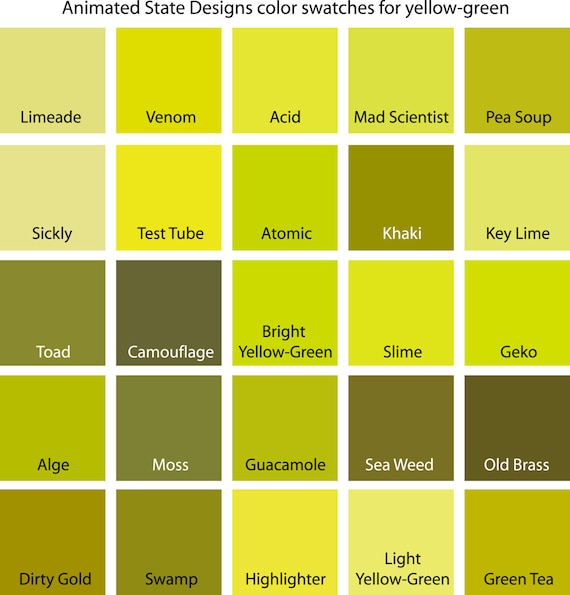


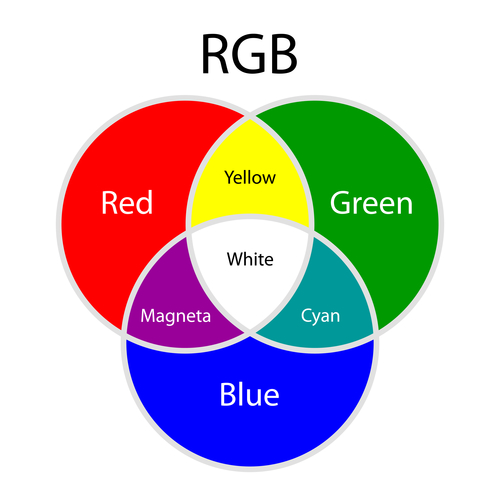


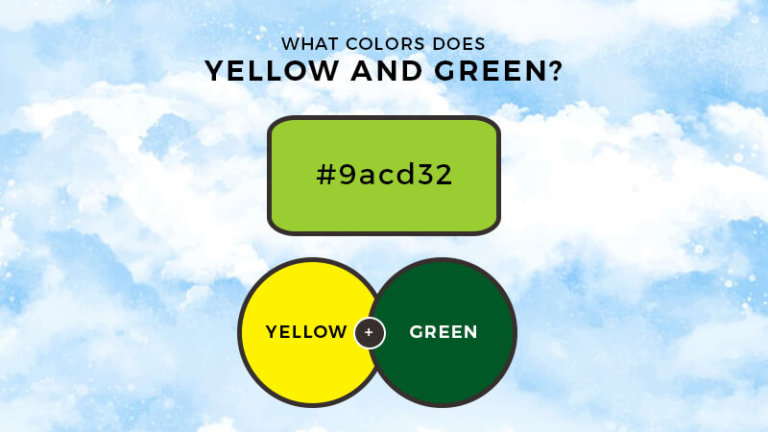
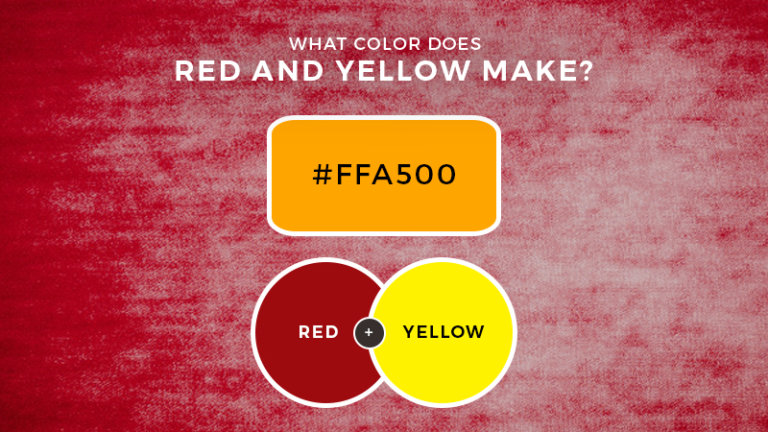







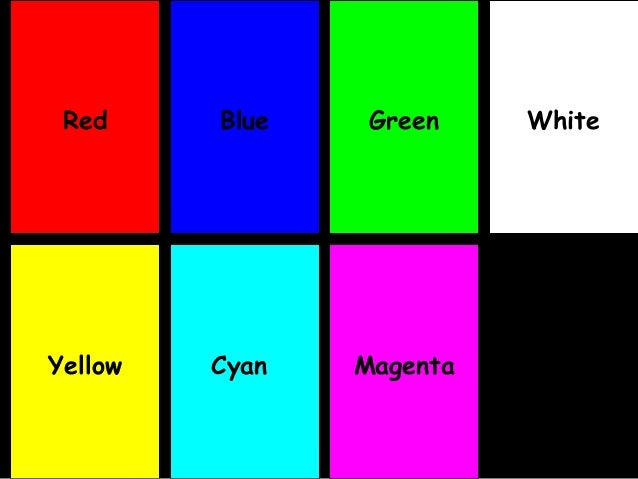


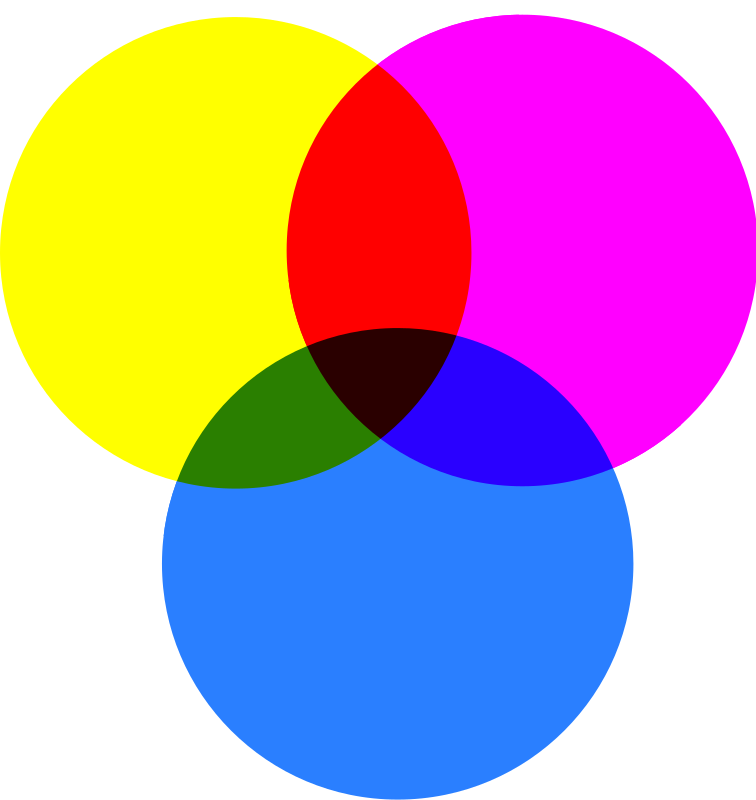

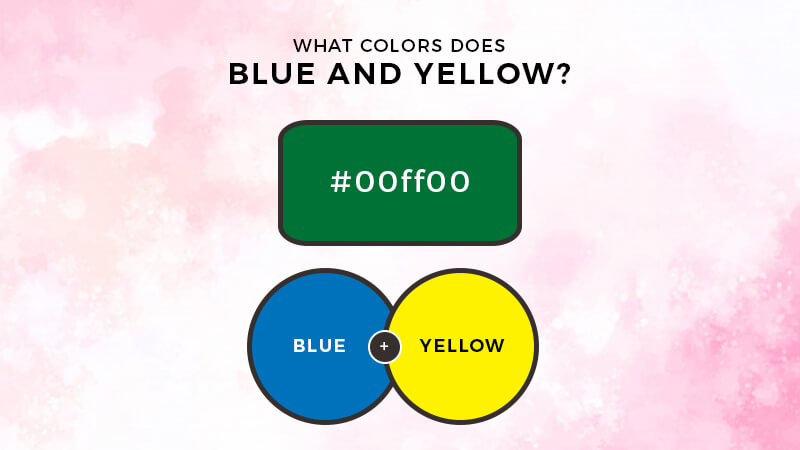


No comments:
Post a Comment
Note: Only a member of this blog may post a comment.